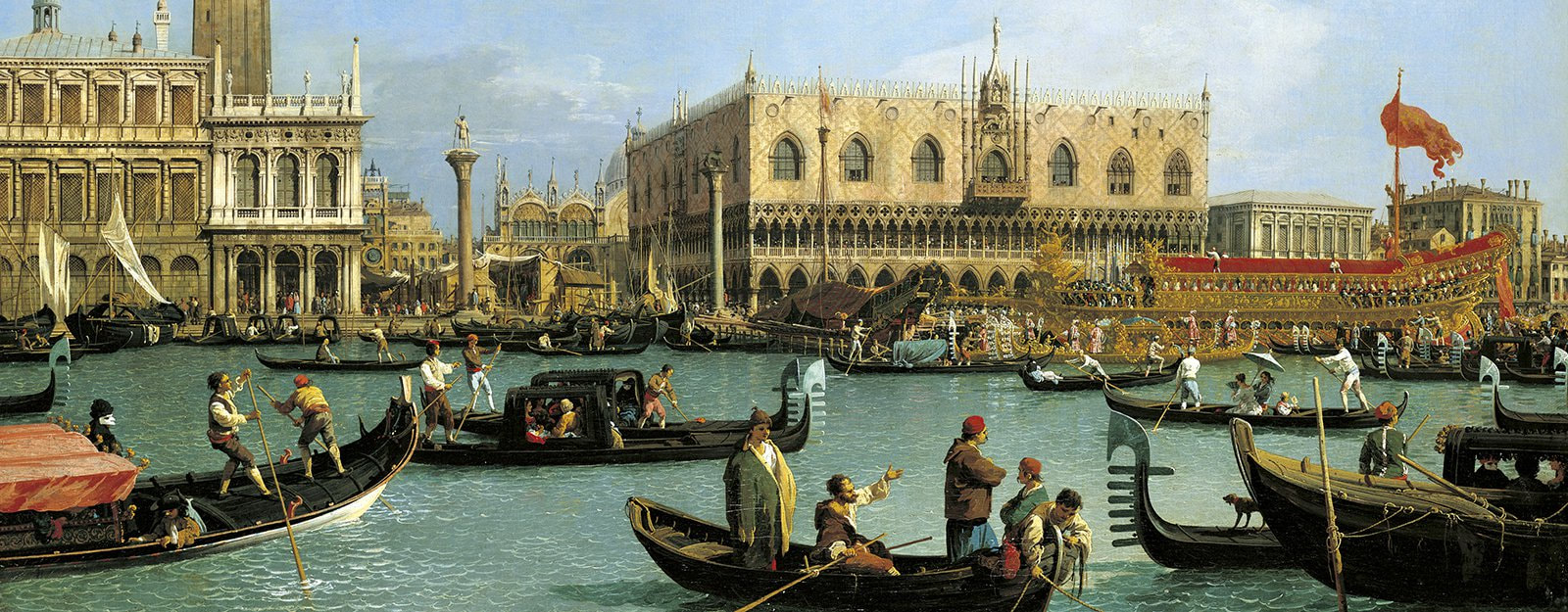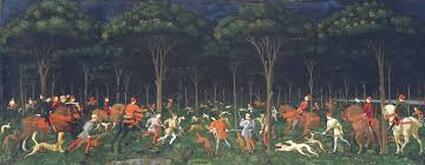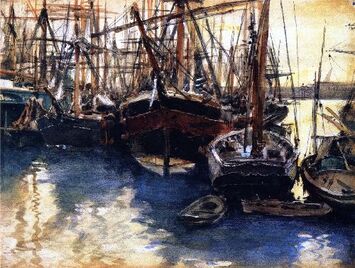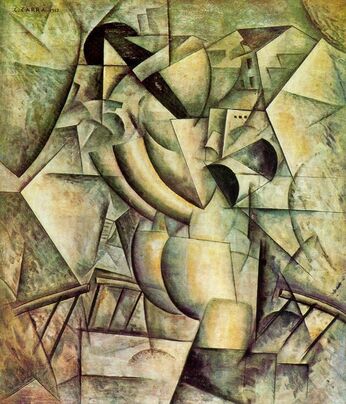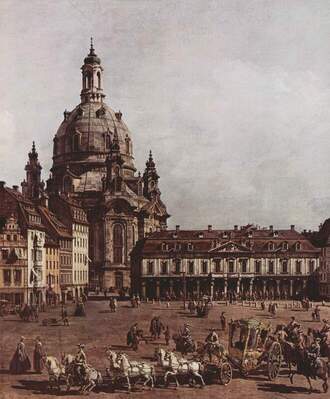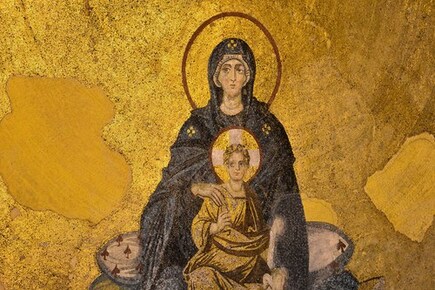"Who looks outside, dreams; who looks inside, awakes"--C.G. Jung
Austria-Hungary
"The Forest and the Faustian Soul" (June 2014) "Why Democracy Needs Aristocracy" (April 2014) "Of Majesty and Anarchy" (Sept. 2015) "On the Nature of Wealth and the Wealth of Nature" (November 2017)
Austria-Hungary
"The Forest and the Faustian Soul" (June 2014) "Why Democracy Needs Aristocracy" (April 2014) "Of Majesty and Anarchy" (Sept. 2015) "On the Nature of Wealth and the Wealth of Nature" (November 2017)
The East Coast
"The Lost Soul of Mr. William Fife III" (Feb 2017) "Reflections on the Revolution in Motown" (July 2014)
Metropolis
"The Case for the City-State" (July 2012) "The State as a Work of Art" (Sept 2015) "The Necessity of Bugatti Capitalism"
(December 2016) "Quiet Desperation and the English Way" (July 2014)
(December 2016) "Quiet Desperation and the English Way" (July 2014)
The Baroque: Petersburg, Paris, Dresden, Vienna
"The Beautiful Violence of Old Masters Painting" (April 2018) "Old Masters and the Meaning of Life" (April 2018);
"The Late, Great Viennese Nobleman" (July 2014); "A Short History of the Human Soul" (April 2018)
"The Late, Great Viennese Nobleman" (July 2014); "A Short History of the Human Soul" (April 2018)
Byzance-Islam
"The Genius of Byzantium" (May 2014); "Long Night's Journey into Day" (Sept. 2016)
"Lebanon the Magnificent: An Inquiry into Exile and Terror" (August 2017)
"Lebanon the Magnificent: An Inquiry into Exile and Terror" (August 2017)
Asia
"Tao and the Spirit of Art"
